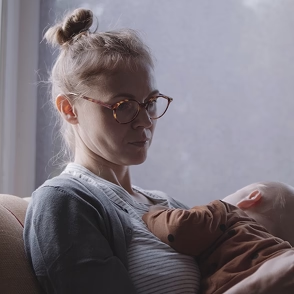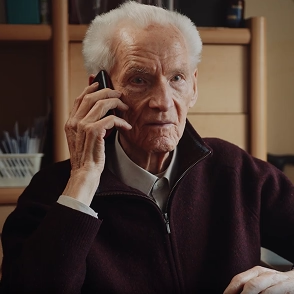Putting people before population
Healthcare in the U.S. is one of the most expensive medical systems in the world, yet the experience sows confusion and exhaustion.
Fragmented foundation
A maze of disconnected touchpoints, multiple portals and systems that don’t talk to each other
Hidden pathways
Patients struggle to find cost estimates, wait times, in-network providers, treatment options and a whole host of other necessary information
Impersonal systems
Digital systems don’t adapt to personal context, such as medical history, risk factors or goals
Many health plans have responded by layering on automation. Bots, workflows, self-service portals.
But automating a system that never designed around the member doesn’t solve the problem.
Real-world impact
The gaps between coverage, care and understanding don’t just create frustration, they create risk

425 million
searches on Google daily are medically related

1/5
of patients couldn’t get the care they needed

$220 billion
in medical debt — not due to lack of coverage, but confusion and complexity
What great healthcare should feel like
When we stop asking members to navigate the system and start designing the system to navigate with them, for them — that’s what great healthcare feels like.
A divided landscape can’t be unified by automation. It needs to be conscientiously designed. We shouldn’t ask those at their most vulnerable to navigate a complex system alone.
Simplify & guide
Getting users to know where to go
Clarify & empower
Getting users to understand and know their options
Know & anticipate
Anticipating what users need and showing them you know that

Insights from
Keena Patel-Moran

Start your conversation with our Healthcare lead, Keena Patel-Moran
Let’s build intelligent healthcare experiences that don’t just function — they care, they guide, they remember
.avif)


